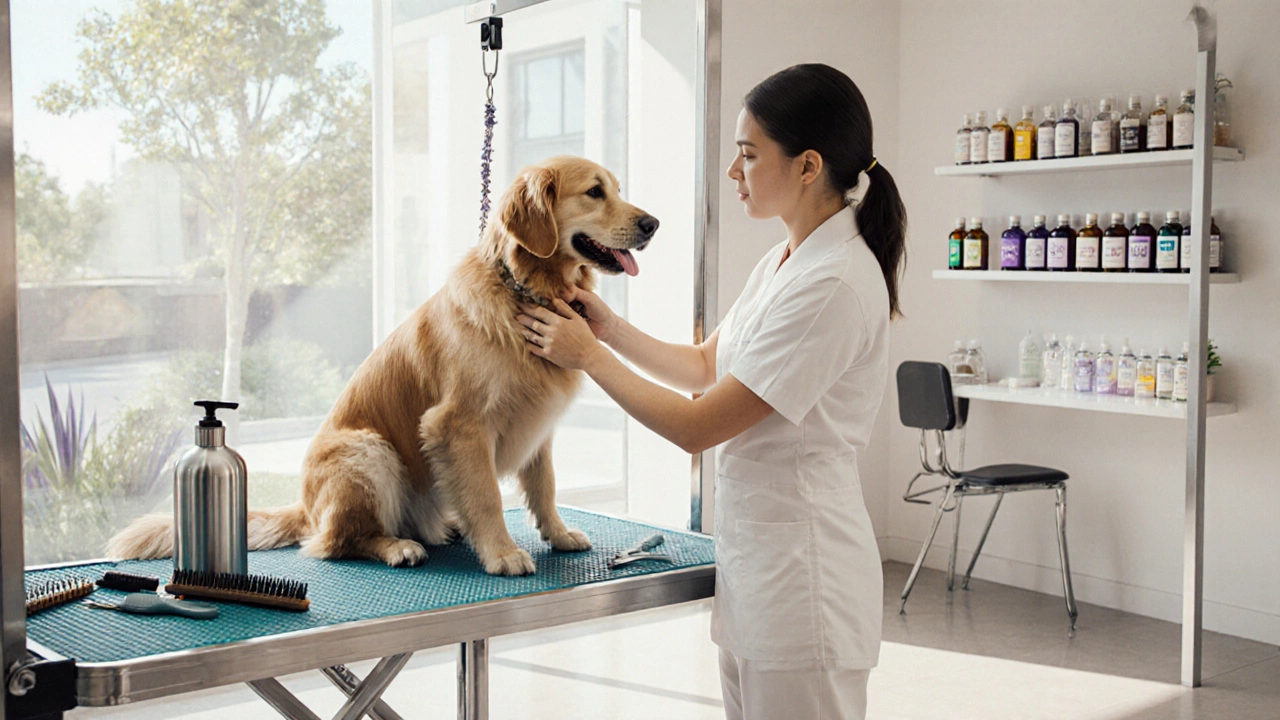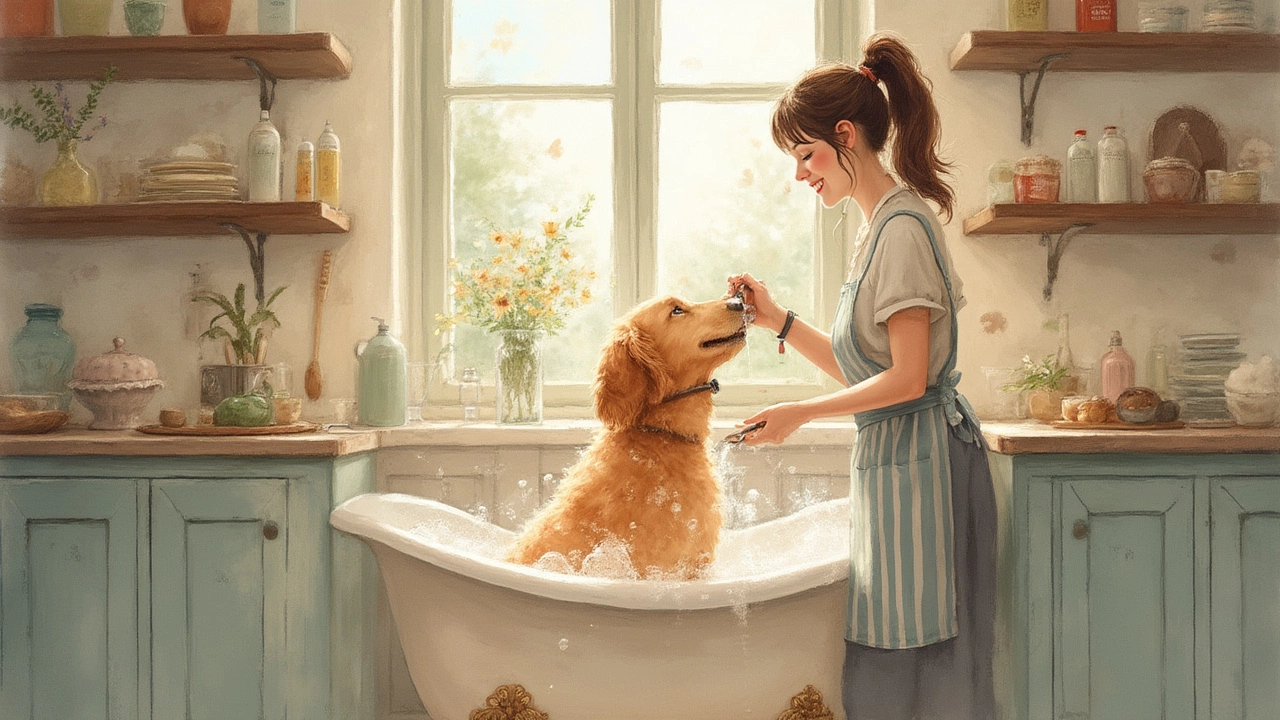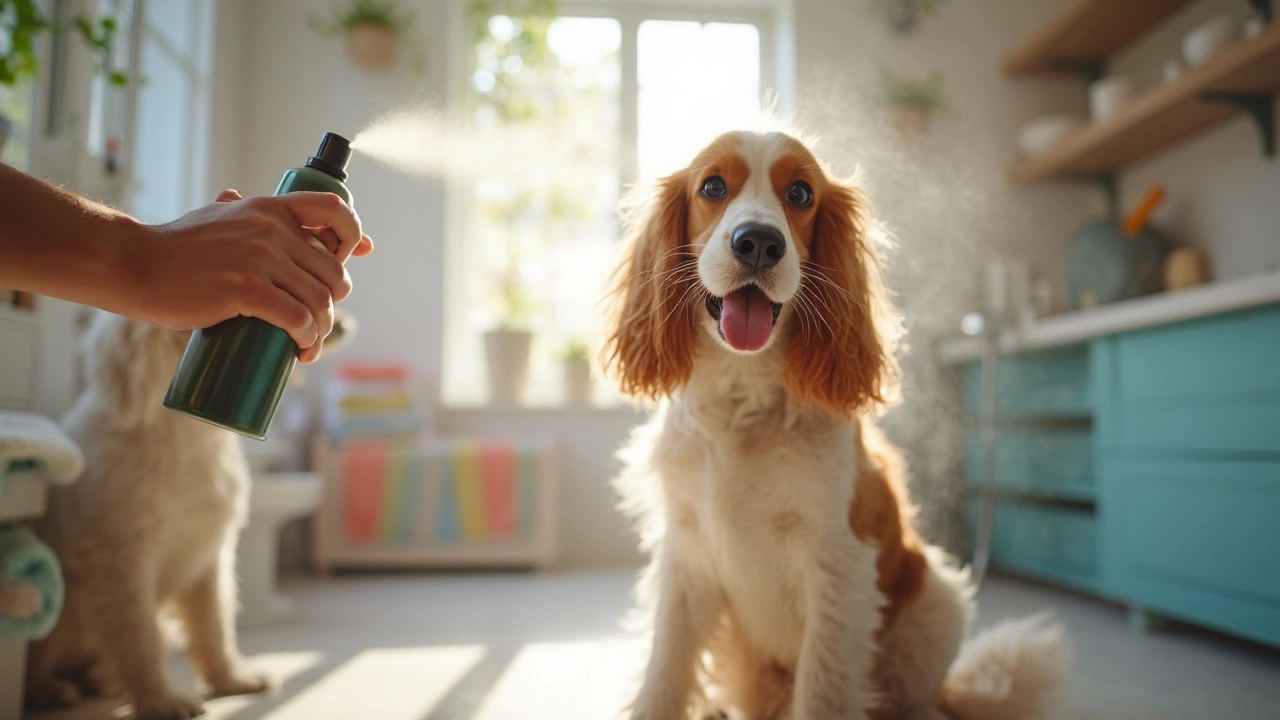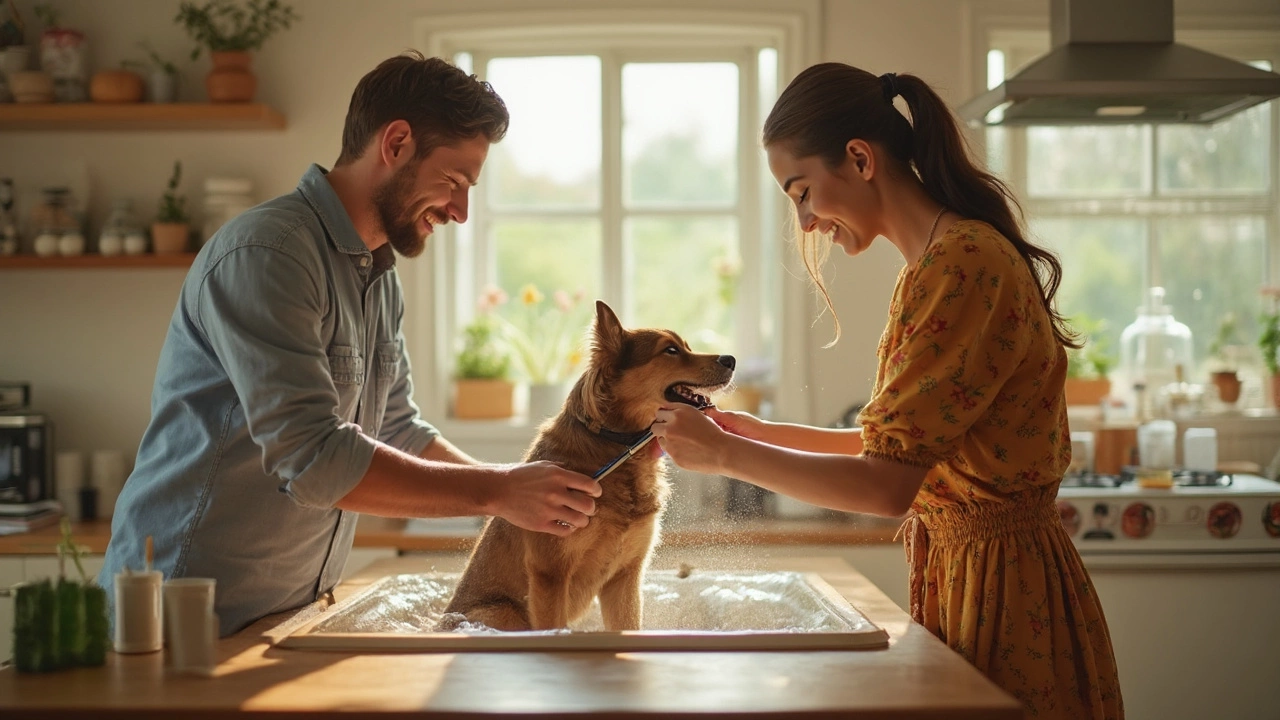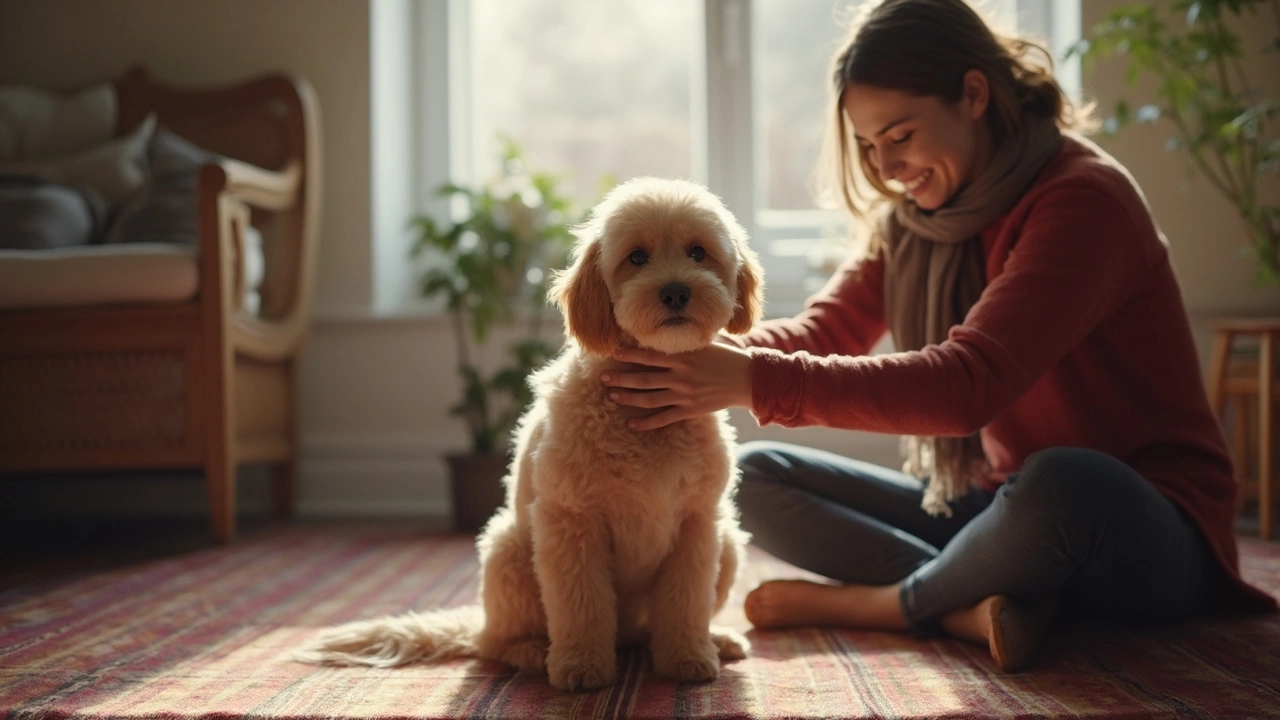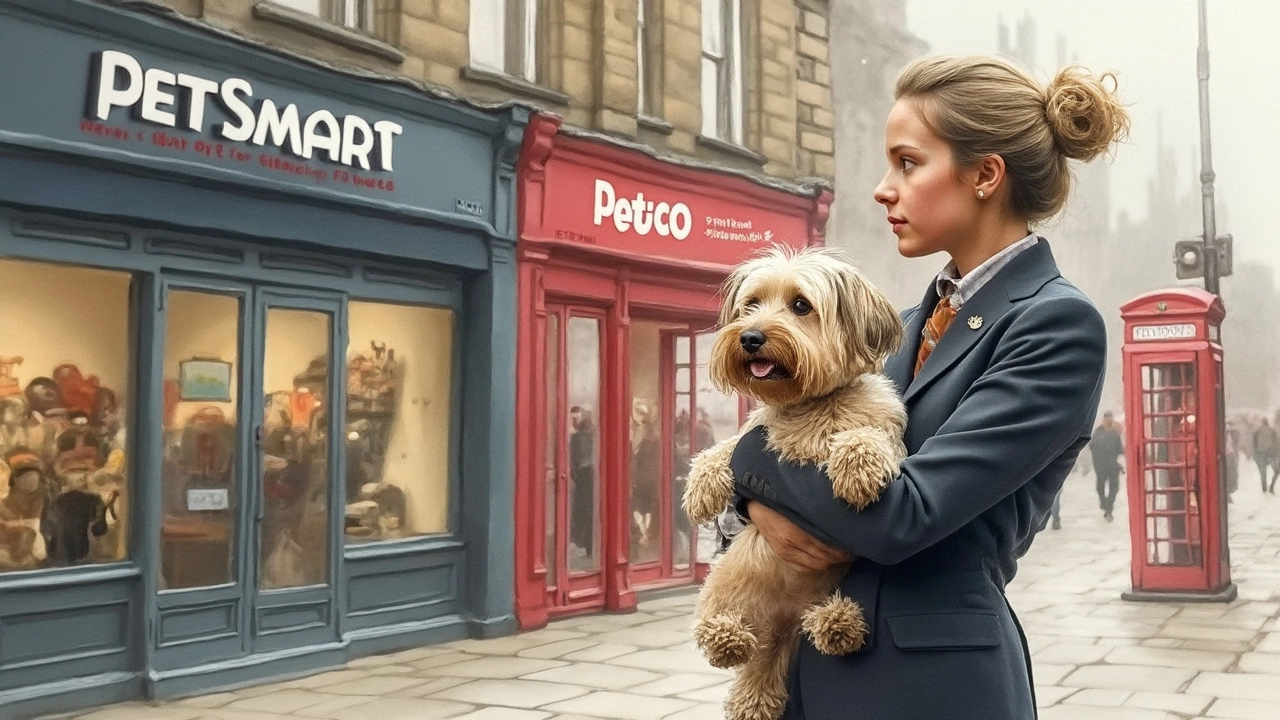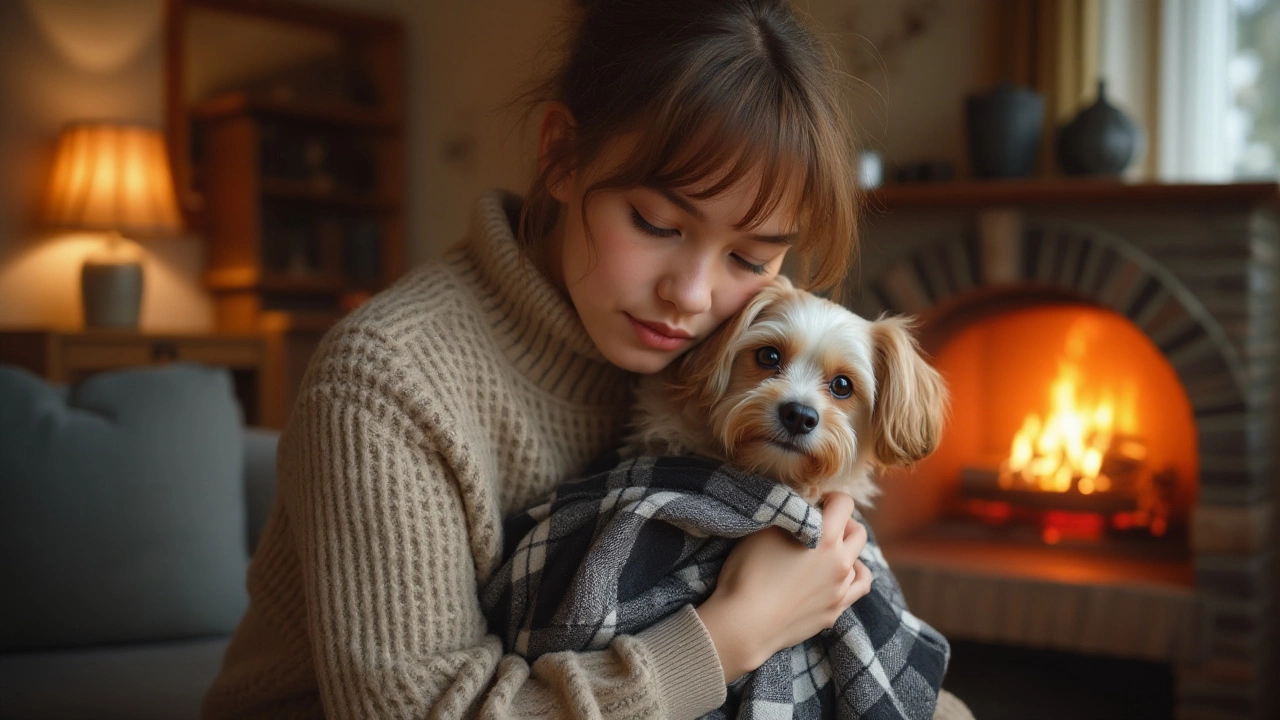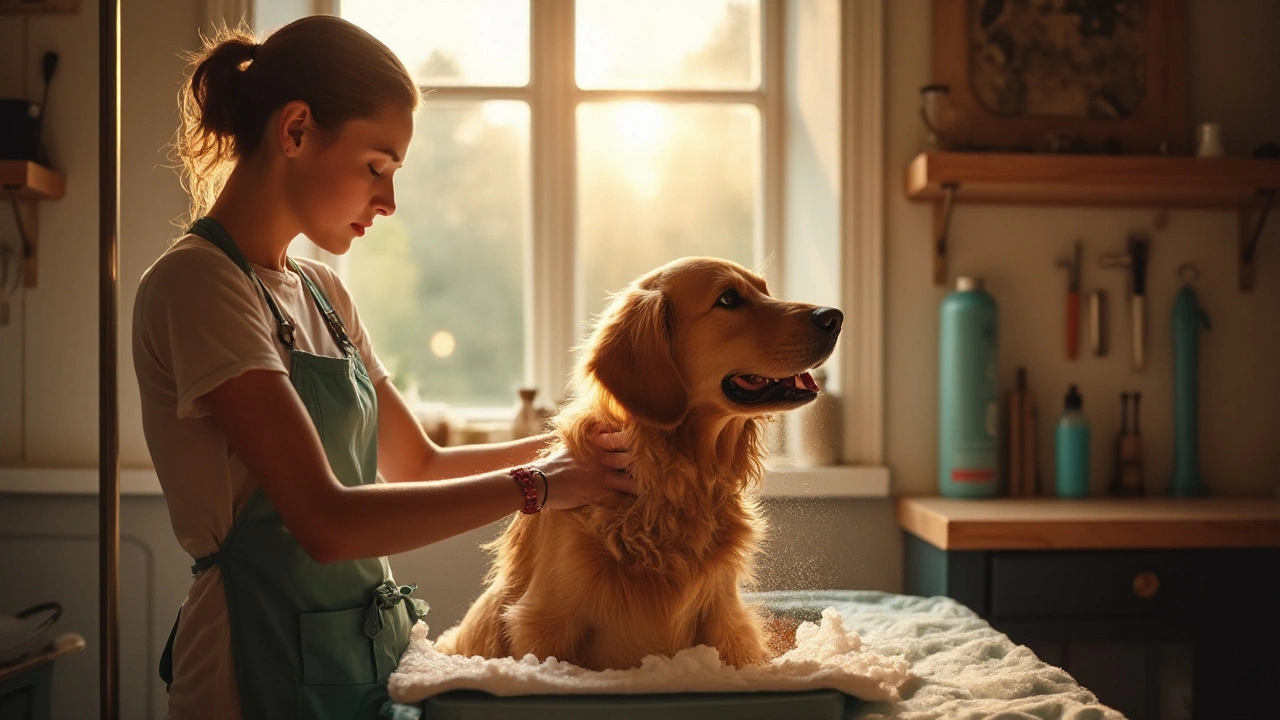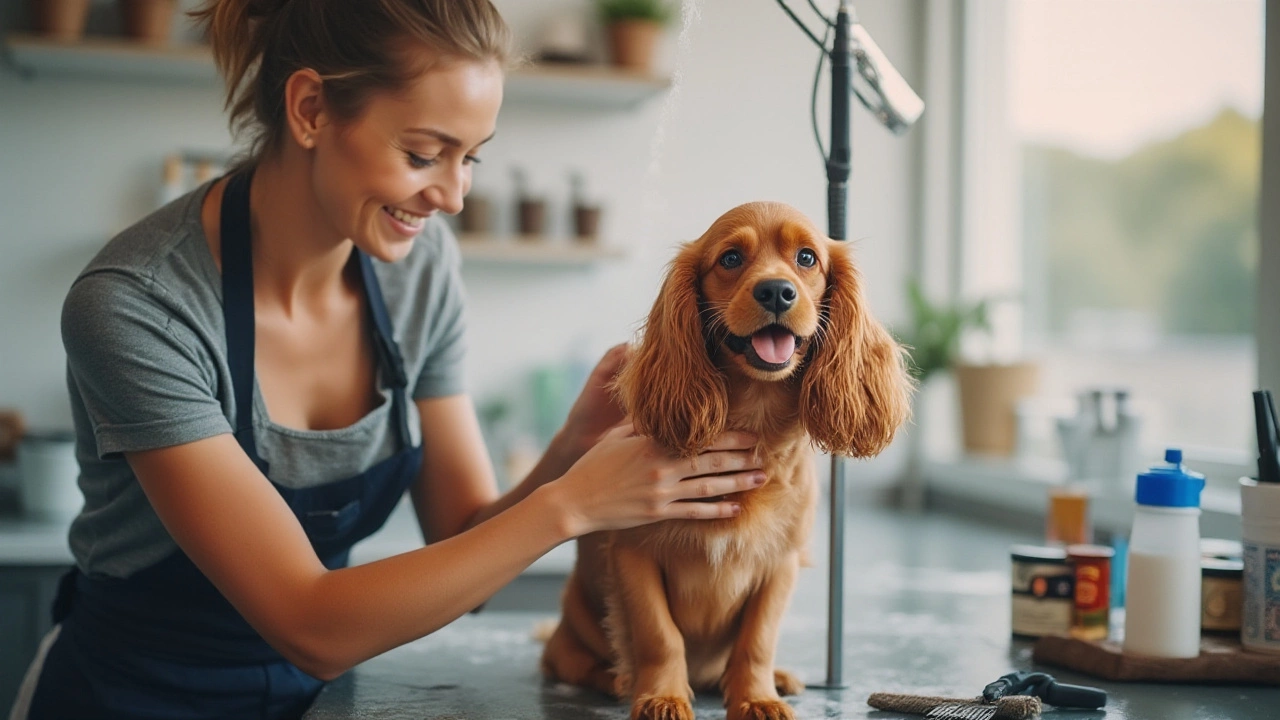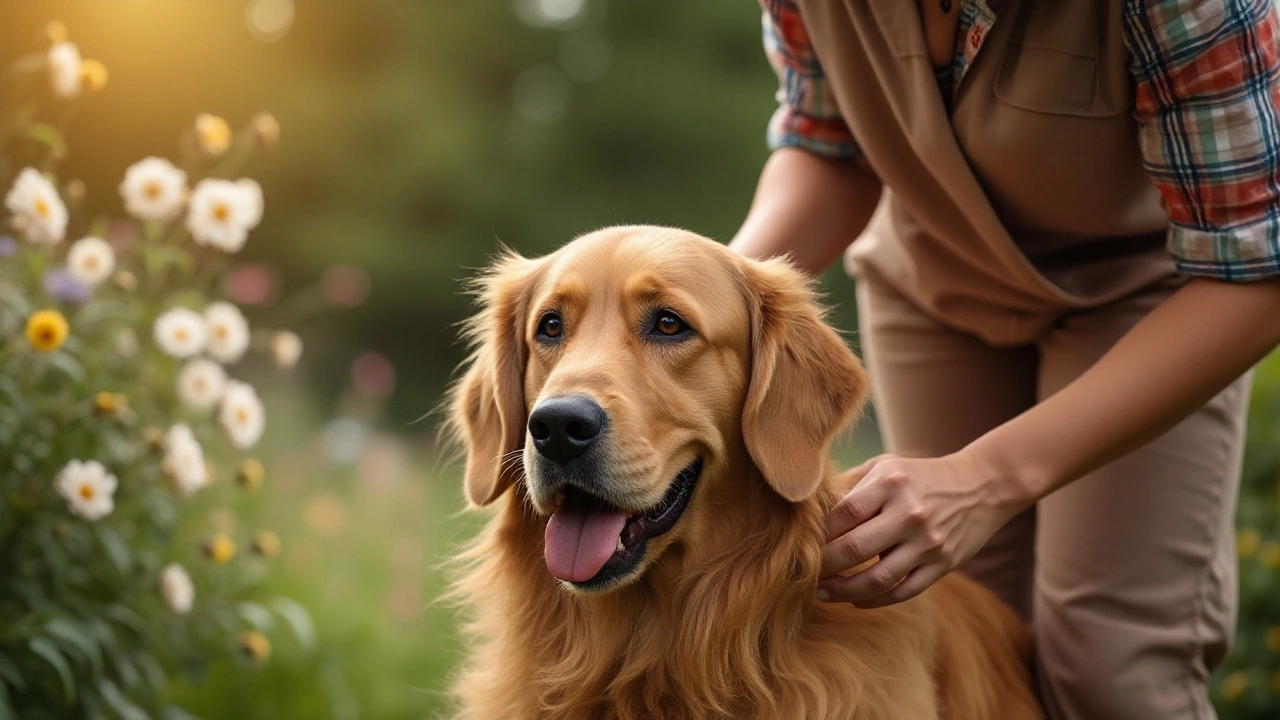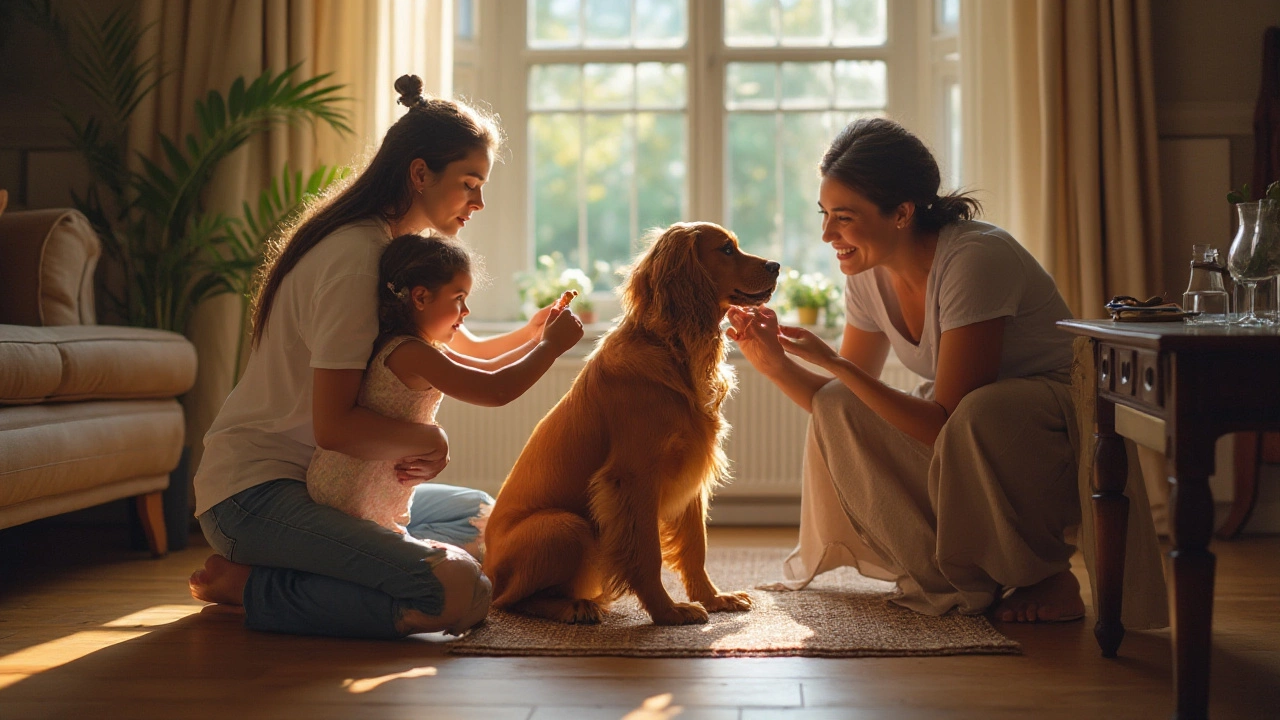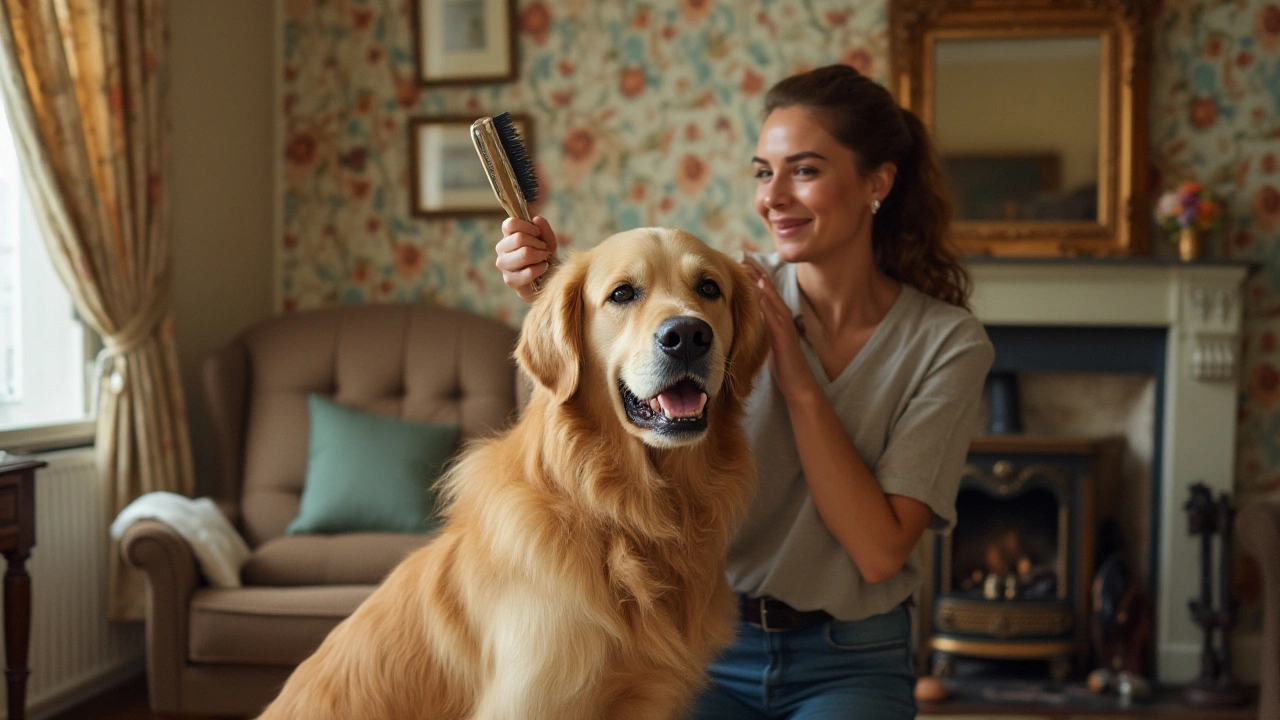Dog Grooming: Keep Your Pup Fresh, Happy, and Healthy
Grooming isn’t just about looks – it’s a key part of keeping your dog comfortable and free from health problems. A clean coat, trimmed nails, and cleared ears can prevent skin infections, painful over‑growth, and nasty smells. The good news? Most grooming tasks can be done at home with a few basic tools and a little routine.
Everyday Grooming Basics
Start with a quick brush each day or every other day, depending on your dog’s coat. Short‑haired breeds need a soft rubber brush, while double‑coated dogs benefit from a slicker brush to reach the undercoat. Brushing removes loose hair, distributes natural oils, and lets you spot lumps or ticks early.
Bath time doesn’t have to be a drama. Use a dog‑specific shampoo, rinse thoroughly, and keep water out of the ears. If your dog hates the tub, try a handheld sprayer or a shallow kiddie pool in the backyard. A dry towel and a low‑heat dryer will finish the job without chilling your pet.
Nail trims are a must. Over‑grown nails can cause sore feet and change your dog’s gait. If you hear clicking on hard floors, it’s time for a trim. Use a guillotine or nail grinder, and trim a little at a time to avoid the quick (the pink part inside the nail). If you’re unsure, a vet or groomer can show you the right technique.
Don’t forget ears and teeth. A cotton ball dipped in a vet‑approved ear cleaner can wipe away wax and debris. For teeth, a dog‑friendly toothbrush and toothpaste keep breath fresh and guard against gum disease. A quick check each week keeps problems from building up.
Choosing the Right Grooming Services
Even the best home routine can’t replace a professional groomer for certain jobs. If your dog has a thick double coat, a breed‑specific cut, or skin conditions, a groomer knows the right tools and techniques. Look for a certified groomer who asks about your dog’s health, uses gentle handling, and keeps the space clean.
Mobile groomers are handy for busy owners or anxious dogs. They come to your home, set up a safe area, and work in a familiar environment. Prices vary, but the convenience often outweighs the extra cost.
When you book a service, ask about what’s included: bathing, brushing, nail trimming, ear cleaning, and a basic health check. Some salons also offer de‑shedding treatments, which can cut down on shedding at home. Always tell the groomer about any allergies, sensitivities, or recent injuries.
Keeping a grooming schedule helps both you and your dog. Most dogs do well with a full grooming session every 4‑6 weeks, but short‑haired breeds may need a touch‑up every 8‑12 weeks. Mark the dates in your calendar and set a reminder – consistency makes the whole process smoother.
Grooming is a bonding time when done right. Talk to your dog, give treats, and stay calm. Over time, your pup will associate grooming with positive experiences, and you’ll both enjoy a cleaner, healthier life together.
- Morgan Ainsworth
- 0 Comments
Why Dogs Smell Great After Grooming - Explained
Discover why dogs smell fresh after a grooming session, covering shampoos, conditioners, essential oils, drying techniques, and post‑care tips.
View More- Morgan Ainsworth
- 0 Comments
Should You Bathe Your Dog Before Grooming? Expert Groomer's Guide
Is it better to bathe your dog before grooming? Discover whether a clean pup makes the grooming process smoother, what expert groomers do, and tips for your next appointment.
View More- Morgan Ainsworth
- 0 Comments
What Do Groomers Deodorize Dogs With? Best Products and Pro Tips
Ever wondered what the pros use to keep dogs smelling awesome after a grooming session? This article breaks down the real tools and products groomers reach for when deodorizing dogs. Discover different sprays, shampoos, and natural fixes that make bad smells vanish. Learn which ingredients are safe and which ones to avoid on your pup’s coat. Plus, get practical tips to keep your dog fresh at home, just like after a trip to the salon.
View More- Morgan Ainsworth
- 0 Comments
How to Save Money on Dog Grooming Without Cutting Corners
Dog grooming can get expensive, but there are smart ways to keep your dog looking sharp without emptying your wallet. This article digs into practical tips for cutting grooming costs, from smart at-home solutions to knowing when it's worth paying for a pro. You'll find ideas for trimming expenses without sacrificing your dog's comfort or health. We'll even clear up common myths about cheap grooming strategies. If you want to care for your dog and your bank account, this is a must-read.
View More- Morgan Ainsworth
- 0 Comments
Dog Haircut Aftercare: How to Soothe Your Pup and Keep Them Calm
Fresh from the groomer but your dog's acting all anxious? This article unpacks why dogs might feel stressed after a haircut and gives you real-world ways to help them chill. From skin care hacks to simple comfort tricks, you'll get SOLUTIONS, not just sympathy. Soothing your dog after a trim is all about quick fixes and solid routines. Bring the wag back soon.
View More- Morgan Ainsworth
- 0 Comments
PetSmart vs. Petco: Which Offers the Best Deal on Dog Grooming?
Trying to give your dog the best grooming while not burning a hole in your pocket? Both PetSmart and Petco are major players in the pet grooming sector, but which one gives you the best bang for your buck? We'll break down the costs, explore any hidden fees, and show some real-world examples. Whether you're a regular at the grooming salon or just looking for a quick trim for your furry friend, this guide has the insights you need.
View More- Morgan Ainsworth
- 0 Comments
Understanding Why Your Dog Is Upset After a Grooming Session
When your dog seems distressed after a grooming session, it can be concerning. Dogs might cry post-haircut due to stress, fear, or discomfort from the unfamiliar experience. This article explores why your pup might be upset and tips for making future grooming sessions smoother. Understanding your dog's behavior and providing comfort can help reduce anxiety and ensure their well-being.
View More- Morgan Ainsworth
- 0 Comments
Comprehensive Dog Grooming: What to Expect
Grooming is a crucial aspect of a dog's health and well-being. This article delves into the various components of full dog grooming, including bathing, fur trimming, nail clipping, ear cleaning, and dental care. It offers tips for choosing the right groomer, understanding different grooming techniques, and preparing your pet for their grooming sessions. From maintaining cleanliness to ensuring a shiny coat, discover the essential elements that contribute to a happy and healthy pup.
View More- Morgan Ainsworth
- 0 Comments
Do Groomers Cut or Wash Dogs First? Understanding the Process
Dog grooming is an essential part of pet care, but many owners wonder whether groomers wash or cut first. This article delves into the groomer's process, explaining the rationale behind the order of washing and cutting. It provides pet owners with insightful information on how these services ensure the best results and what steps are typically taken for different dog breeds. Additionally, you’ll find useful tips to ensure a stress-free grooming experience for your furry friend.
View More- Morgan Ainsworth
- 0 Comments
The Ultimate Guide to Dog Grooming and Bathing Frequency
Grooming and bathing your dog is essential not just for their cleanliness but also for their overall health and well-being. While the frequency varies based on the breed, coat type, and lifestyle, it's important to establish a routine that suits your furry friend. From understanding the needs of short-haired versus long-haired breeds to recognizing the signs that your dog needs a bath, this guide provides valuable insights. Learn tips and tricks to make grooming a fun and stress-free experience for both you and your pet.
View More- Morgan Ainsworth
- 0 Comments
Dog Grooming: Understanding the Time It Takes to Pamper Your Pet
Grooming your dog is not just about making them look good; it's a vital part of their health and well-being. The time required for grooming depends on various factors including the dog's breed, coat type, and behavior. With the right knowledge and equipment, you can ensure a smooth and stress-free grooming experience for both you and your pet. Learn how to gauge the time needed and discover tips to make the process efficient and enjoyable.
View More- Morgan Ainsworth
- 0 Comments
Understanding the Drawbacks of Dog Grooming Services
Dog grooming is essential for maintaining a pet's hygiene and appearance. However, there are certain disadvantages associated with using professional grooming services. These include cost considerations, potential stress for pets, and the risk of inexperienced groomers causing injury. Pet owners should weigh these factors before deciding on grooming options. Understanding the downsides helps in making informed decisions for their furry friends.
View More
